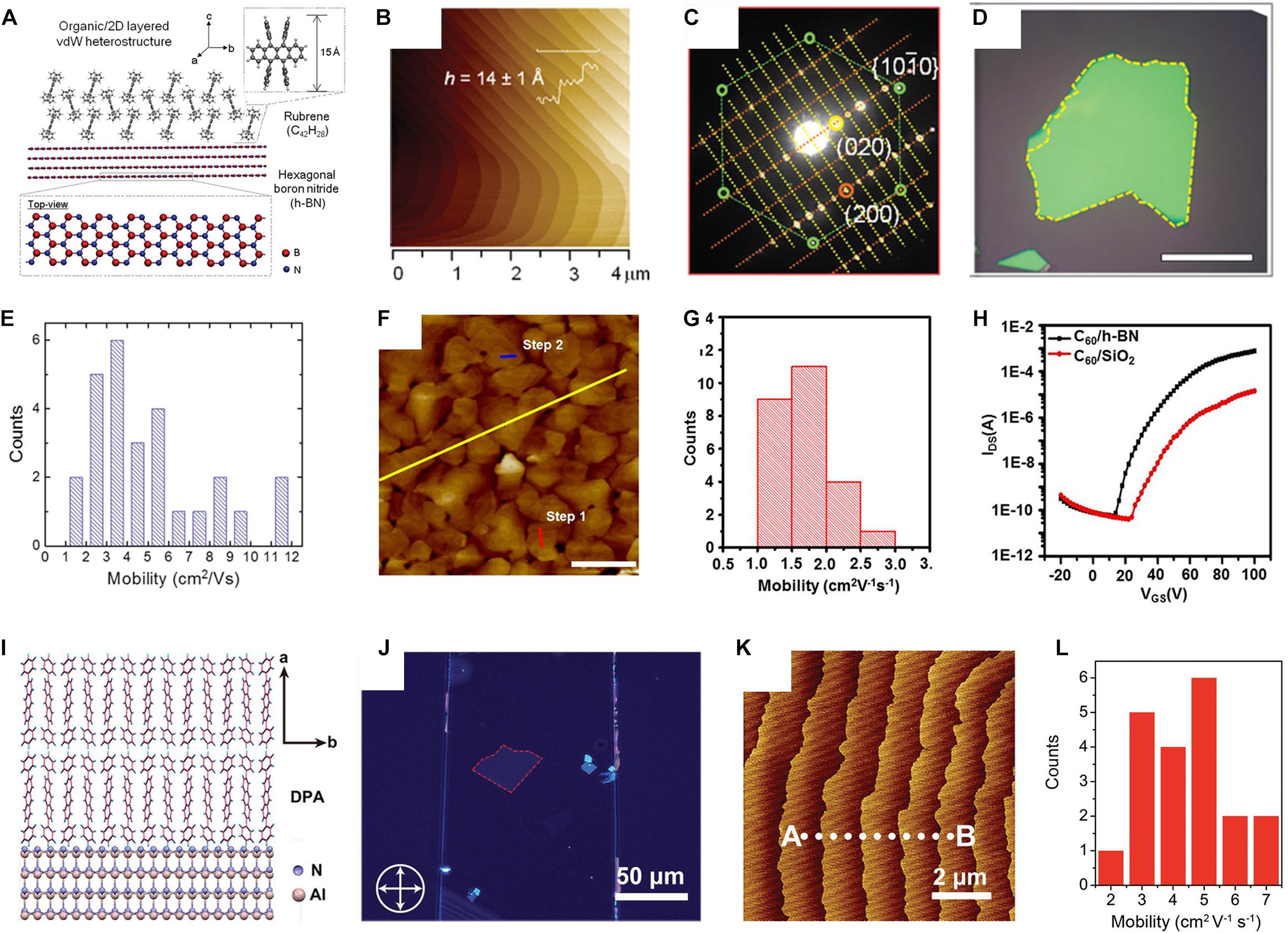
More recently, research has gone into investigating blend based OFETs, incorporating both small molecules and polymers. This also, theoretically, allows organic semiconductors the possibility to enter the digital market (i.e.

Advancements in OFETs is also aided with the different types of materials available to choose from, for both hole and electron conduction. Nevertheless, even with the presence of this mobility hype, there is no denying the fact that improvements in OFET mobilities have been made. Contact resistance is identified as the main cause for the resulting non-idealities. This non-ideality is depicted as a 'double slope', leading to overestimated mobilities from the steeper portion of the transfer characteristics. transfer and output) that show non-ideal behaviour. This hype points towards that there has been an overestimation in OFET mobilities, as a consequence of extracting mobilities from characteristics (i.e. This definitely spells significant improvements, but they go on to say that these values do not paint the entire picture and in reality there is what they refer to as a 'mobility hype'. According to this graphic, both p- and n-type mobilities have reached up to 20 cm 2 V −1 s −1 and 10 cm 2 V −1 s −1, respectively. In a recent review published by Paterson and co-workers, the authors provide a graphic showing the progress acheived in OFET mobilities over the past 30 years.

Organic field-effect transistors (OFETs) (the main focus of this work) have also been (and still are) investigated heavily. mobile phones and the recently introduced OLED TVs). The latter one especially made a breakthrough on the commercial scale for display applications (i.e. Such devices include organic- solar cells (OSCs), and light emitting diodes (OLEDs). Eventhough, inorganic semiconductors have been (and still are to a large extent) the go-to materials for today's electronic industry, research have come a long way in improving performance measures of organic based devices since their first introduction. Organic materials and devices have been at the forefront of the research community in recent years due to their flexible properties, as well as the large scale roll-to-roll cheaper fabrication procedures.


 0 kommentar(er)
0 kommentar(er)
